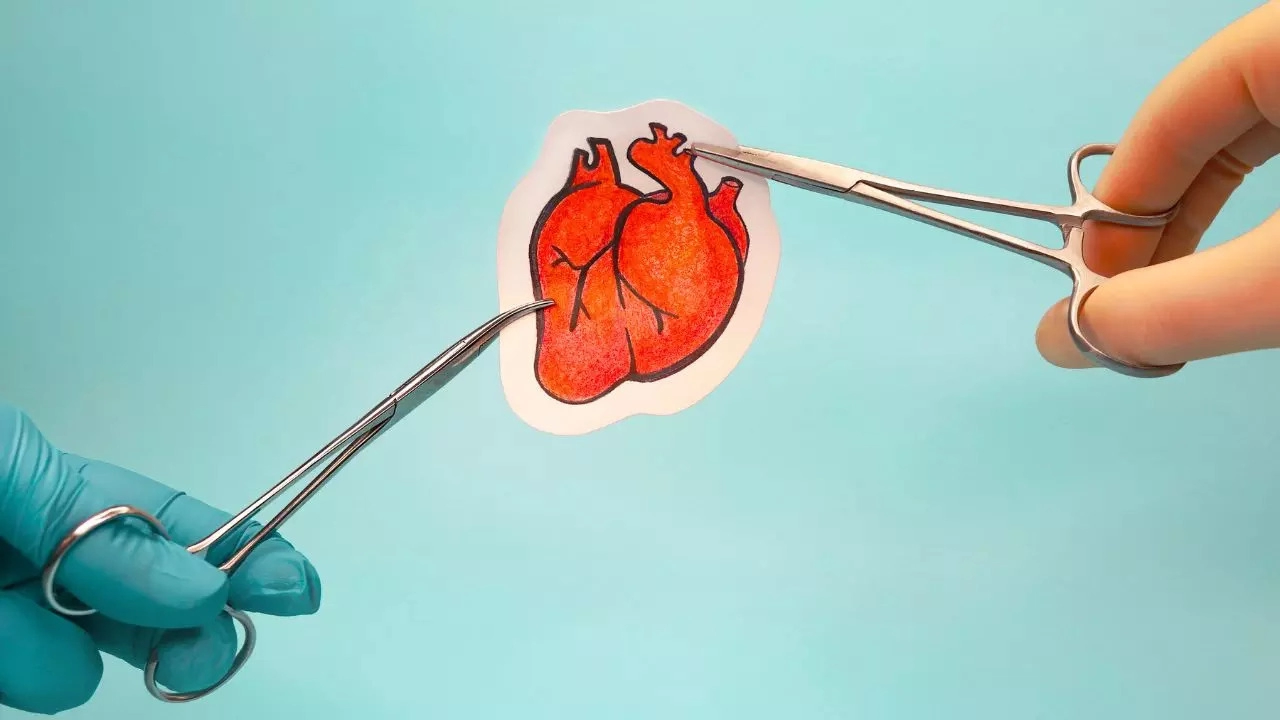Debosmita Ghosh • 29 Jul 2024
3D-Printed Blood Vessels Can Help To Improve Results Of Heart Bypass Surgery

3D-Printed Blood Vessels Can Be Beneficial For Heart Bypass Surgery
A recent study said that the treatment of cardiovascular disorders may be revolutionized by 3D-printed blood arteries, which closely resemble human veins in their characteristics. The team of researchers were led by the University of Edinburgh's School of Engineering. The study was published in Advanced Materials Technologies and was carried out in collaboration with Heriot-Watt University.
Heart bypass surgery, also known as coronary artery bypass surgery creates a new path for blood to flow around a blocked or partially blocked artery in the heart. The surgery involves taking a healthy blood vessel from the chest or leg area. The vessel is connected below the blocked heart artery. The new pathway improves blood flow to the heart muscle.
Experts say that strong, flexible, gel-like tubes made with a new 3D printing technology could replace artificial and human veins used in heart-bypass surgery to redirect blood flow, potentially improving results for patients.
The development of synthetic vessels could help limit scarring, pain and infection risk associated with the removal of human veins in bypass operations of which some 20,000 are carried out in England each year. The products could also help reduce the failure of small synthetic grafts, which can be hard to integrate into the body.
In a two-stage process, the team of researchers used a rotating spindle integrated into a 3D printer to print tubular grafts made from a water-based gel. The researchers subsequently reinforced the printed graft in a process known as electrospinning, which uses high voltage to draw out very thin nanofibers, coating the artificial blood vessel in biodegradable polyester molecules. Tests showed the resulting products to be as strong as natural blood vessels.
The 3D graft can be made in thicknesses from 1 to 40 mm in diameter, for a range of applications, and its flexibility means that it could easily be integrated into the human body, the team says. The next stage of the study will involve researching the use of blood vessels in animals, in collaboration with the University of Edinburgh's Roslin Institute, followed by trials in humans.
Dr Faraz Fazal, of the University of Edinburgh's School of Engineering and lead author, said, “Our hybrid technique opens up new and exciting possibilities for the fabrication of tubular constructs in tissue engineering.”
Dr Norbert Radacsi, of the University of Edinburgh’s School of Engineering and principal investigator, said, “The results from our research address a long-standing challenge in the field of vascular tissue engineering - to produce a conduit that has similar biomechanical properties to that of human veins.
“With continued support and collaboration, the vision of improved treatment options for patients with cardiovascular disease could become a reality.”
(With inputs from ANI)